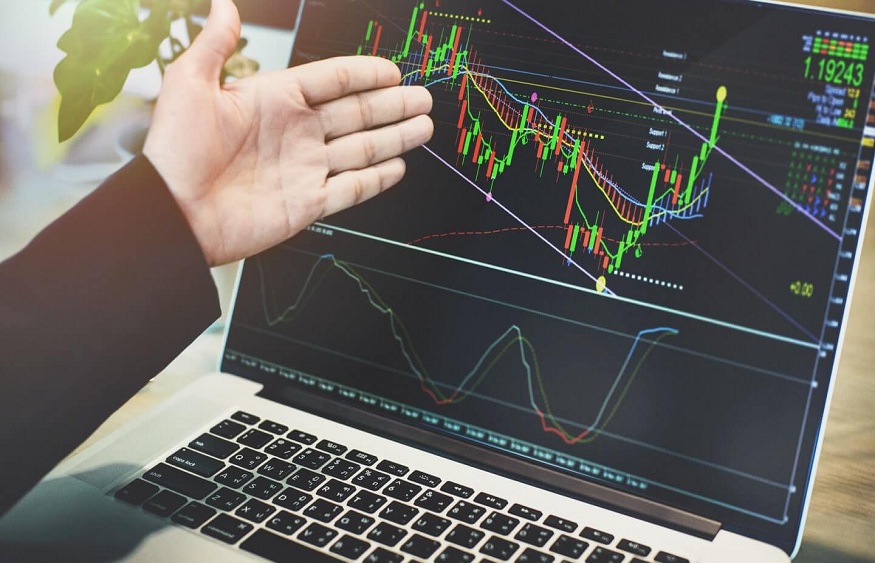
How to do technical analysis on currencies for CFD trading
If you’re looking to trade CFDs on currencies successfully, it is vital to understand the basics of technical analysis. Many traders use indicators and patterns in their analysis, but there are a few basic concepts that all traders should be aware of.
Let’s discuss some of the most common currency indicators and how to use them for successful trading. We will also provide an example of putting these concepts into practice. With some practice, it is not impossible tobecome a successful CFD trader using technical analysis on currencies.
What is technical analysis, and why do traders use it?
Technical analysis is theanalysis of financial markets by looking at prices and other chart and data patterns. Traders often use technical indicators, such as moving averages or oscillators, to help them find suitable entry and exit points for trades. Many traders also look for chart patterns, such as triangles or head and shoulders formations, which can tell them when a currency may be ready to move in one direction or another. CFD traders widely use technical analysis because it allows them to quickly assess market conditions and make trading decisions based on quantitative information rather than emotion.
How to read charts and identify patterns
One of the most critical skills for a technical analyst is learning how to read charts. Charts can track the price movements of any financial asset, including currencies. You will typically see a candlestick or bar chart when looking at a currency chart. Candlesticks show the open, high, low, and close prices for each period, while bar charts only show the closing price.
Both types of charts can provide valuable information to traders, but candlestick charts are often considered valuable because they provide more details about price action. For example, if the candlesticks are primarily small with long wicks (upper and lower shadow), this may indicate that the market is consolidating and a breakout is likely. If the candlesticks are prominent and close together, this may indicate that the market is trending and a continuation is likely.
The different types of indicators that can be used
Many different types of technical indicators can be used in CFD currency trading. The most commonly used include:
Moving averages – A moving average is simply the average price of a currency over a specified period, usually several days or weeks. They can identify trends, predict future prices, and find potential entry points for trades.
Oscillators – Oscillators are tools that measure momentum and volatility in the market. They help traders identify overbought and oversold conditions, which can signal when a currency is ready to move either up or down. Common oscillators include Stochastic, RSI, MACD, and Williams %R (also referred sometimes to as just ‘%R’).
How to use technical analysis when trading CFDs on currencies
Now that we have covered the basics of technical analysis let’s look at how to use it when trading CFDs on currencies.
Firstly, identify the trend. You can do this by looking at a currency’s price history and plotting a moving average on the chart. If the currency is in an uptrend, the moving average will be sloping up, and if the currency is in a downtrend, the moving average will be sloping down. Once you have identified the trend, you can start looking for entry points using indicators or chart patterns.
When trading in an uptrend, you will want to look for buy signals when an oscillator indicates that the currency price reaches oversold levels. You can also look for chart patterns such as triangles or flags that may signal a continuation of the uptrend.
When trading in a downtrend, you will want to look for sell signals when the currency price reaches overbought levels as indicated by an oscillator. You can also look for chart patterns such as head and shoulders or double tops/bottoms that may signal a reversal of the downtrend.
Once you have found a potential entry point, you can place a trade using a CFD broker. If you buy in an uptrend, you will want to place a buy stop order just above the resistance level. If you are selling in a downtrend, you will want to place a sell stop order below the support level.
It is also essential to set a stop-loss order when you place your trade. A stop-loss is an order that will automatically exit your position if the currency price moves against you by a certain amount, and this helps you limit your losses in case the market turns against you.
For more on technical analysis, check out the Saxo CFD broker, offering localised research and breaking news on CFD trading across a range of products.


